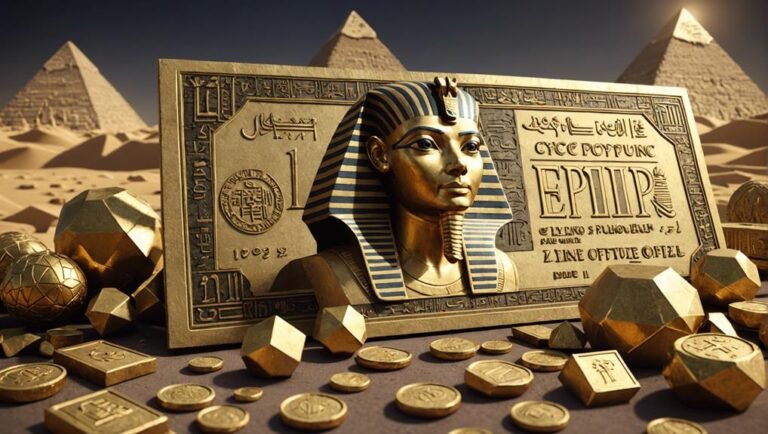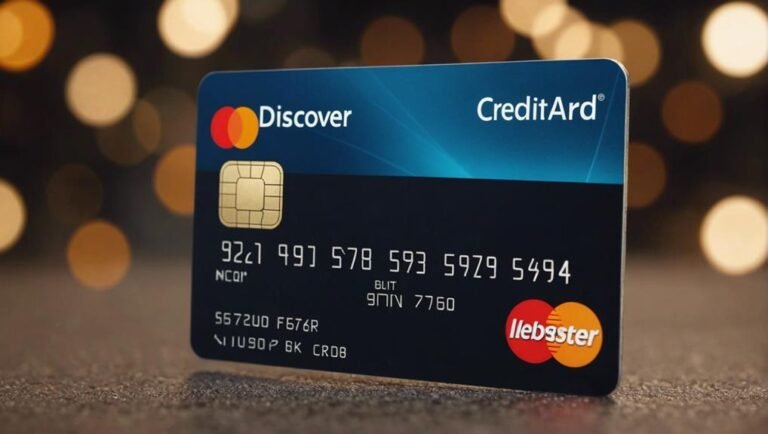What Is a Cover Letter? Types and How To Write One
A cover letter is an essential document in job applications, showcasing skills beyond resumes and demonstrating genuine interest in the position. It provides a tailored pitch addressing specific job and company needs. Types include referral letters for credibility and prospecting inquiries to express interest. Key to customize each letter effectively. Structured with clarity and professionalism, incorporating visual appeal and creativity. Tips include personalization, concise content, and maintaining a professional tone. Highlight skills, experiences, and achievements uniquely, leaving a positive impact. Design elements can enhance the visual appeal and set you apart. Discover more about crafting impactful cover letters and standing out.
Key Takeaways
- Cover letters showcase skills not on resumes and demonstrate enthusiasm for the job.
- Understanding types like referral and prospecting letters is crucial for customization.
- Structure guidelines ensure clarity and professionalism in cover letter presentation.
- Personalize each cover letter to highlight relevant skills and experiences for the job.
- Creative design elements in cover letters help capture attention and leave a lasting impression.
Importance of Cover Letters
The significance of cover letters in the job application process cannot be overstated, as they serve as pivotal documents that introduce and advocate for the applicant's qualifications and interest in a particular position. Cover letters offer numerous benefits, such as providing a platform to showcase skills not evident in the resume and demonstrating genuine enthusiasm for the job.
However, there are misconceptions that cover letters are becoming obsolete, but they remain essential in presenting a candidate's personalized pitch to potential employers. Job search strategies involving cover letters include tailoring each letter to the specific role and company, ensuring it stands out amidst competition.
Future trends suggest that cover letters will continue to evolve, with a focus on customization and alignment with digital recruitment processes.
Types of Cover Letters
Differentiating themselves in the job application process, candidates often utilize various types of cover letters to communicate their qualifications and interest in potential roles. Cover letter variations include referral letters, which leverage recommendations from colleagues to enhance credibility, and prospecting inquiries that express interest in potential positions within a company.
Customization is key when crafting these letters to tailor them to specific job requirements and company cultures effectively. By understanding the nuances of each type of cover letter, applicants can strategically showcase their skills and enthusiasm for the role. These variations offer candidates the opportunity to stand out and make a memorable impression on hiring managers, ultimately increasing their chances of securing an interview.
Structure Guidelines
When crafting a cover letter, following structured guidelines ensures clarity and professionalism in your communication with potential employers. Formatting tips play a vital role in ensuring your cover letter is visually appealing and easy to read.
Length recommendations suggest that a cover letter should typically be about three to four paragraphs long, concise yet informative. Incorporating creative elements, such as personalized touches and unique presentations, can help your cover letter stand out.
Balancing creativity with professionalism is essential to maintain a positive impression. By adhering to these guidelines, you can create a well-structured cover letter that captures the attention of recruiters and showcases your suitability for the job.
Writing Tips
Crafting a compelling cover letter requires strategic language and a keen understanding of the employer's needs and expectations. When writing your cover letter, consider the following tips and best practices to increase your chances of standing out:
- Personalize each cover letter to the specific job and company.
- Highlight your most relevant skills and experiences that align with the job requirements.
- Keep the cover letter concise and to the point, typically one page or less.
- Use a professional tone throughout the letter to convey your professionalism effectively.
Content Components
To effectively convey your qualifications and suitability for a job, a cover letter should strategically highlight key components that set you apart as a candidate. This includes showcasing your skills, experience, and achievements that align with the job requirements.
A cover letter provides a platform to mention aspects not detailed in your resume, allowing you to personalize your application and demonstrate your enthusiasm for the role. Additionally, incorporating personal touches such as specific interests related to the company can enhance your personal branding and make a memorable impression on the employer.
Ensuring a professional tone throughout the letter, along with clear contact information, is essential for creating a strong cover letter that leaves a positive impact on the reader.
Design Impact
In the evolving landscape of job applications, the visual presentation of a cover letter plays a significant role in leaving a lasting impression on recruiters. Employing visual appeal and creative expression can enhance the impact of your cover letter in the following ways:
- Creatively designed cover letters can capture the recruiter's attention immediately.
- Visual elements can convey your personality and style effectively.
- Thoughtfully chosen colors and layouts can evoke positive emotions.
- Incorporating unique design elements can set you apart from other applicants and showcase your innovation.
Conclusion
Concluding a cover letter effectively is crucial in leaving a lasting impression on potential employers and solidifying your candidacy for the desired position.
In the conclusion, provide a brief summary of your key qualifications and reiterate your enthusiasm for the opportunity. Offer final thoughts that express gratitude for the reader's time and consideration.
Make sure that the closing paragraph is concise, confident, and leaves a positive impact. End with a call to action, such as expressing your excitement to discuss how your skills align with the company's goals in an interview.
Conclusion
In the world of job applications, a cover letter serves as a powerful tool for candidates to make a lasting impression on potential employers.
Like a key that opens doors to opportunities, a well-crafted cover letter can open the gateway to a successful career journey.
By mastering the art of writing compelling narratives, job seekers can captivate hiring managers and stand out in a sea of applicants, paving the way for future success.







